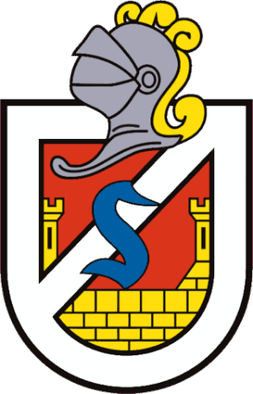Deportes La Serena Tryouts
Deportes La Serena is a Chilean fútbol club based in La Serena, Coquimbo Region, Chile. The club currently plays in the Chilean Primera División, the country’s highest level of professional club fútbol.
Deportes La Serena Youth Development System
Deportes La Serena Recruitment Trials
At the time of this writing, there are no official publishings on Deportes La Serena trials. Please come back at a later date while we monitor this club or click here to visit their official Facebook news web page.
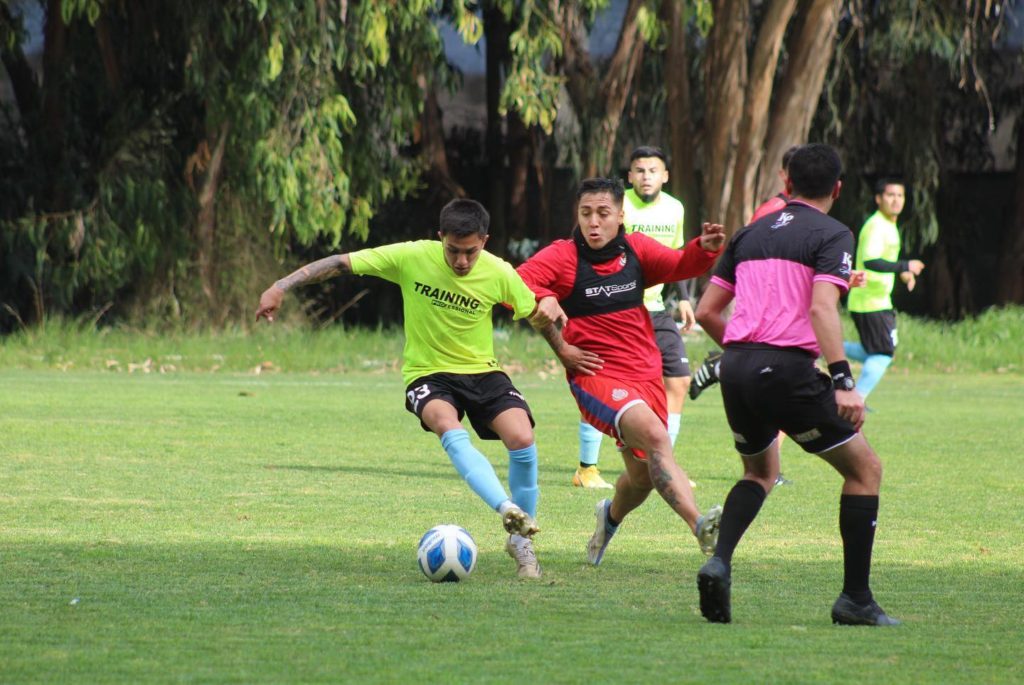
EXPLORE MORE CLUBS!
Explore more professional clubs by continent.
Deportes La Serena History
The La Serena amateur football team, which won the title of national amateur champion three times (1949, 1951, and 1954), is considered to be the club’s progenitor. The club’s history can be traced back to that team. This was the justification that the city’s Football Association used to extend an invitation to play professional football in the year 1955.
On December 9, 1955, the Club de Deportes La Serena was created so that its members could take part in the Ascent the following year. In order to comply with the necessary regulations, the local team competing for Deportivo Sindempart was required to change its name. In the first game of the second division that they played, which took place at Estadio La Portada, they were matched up against Unión La Calera, and the game ended in a scoreless draw. In his debut season, Deportes La Serena and Universidad Católica finished with identical records, hence the two teams were slated to compete against one another.
The final score of the match was 3-2 in favor of Universidad Católica, and as a direct consequence of this victory, Deportes La Serena was elevated to the First Division. In 1958, Deportes La Serena made its debut in the top division of Chilean soccer. That year, the club finished in a three-way tie for third place alongside Colo-Colo and came up one point short of Santiago Wanderers, who were crowned league champions. During the course of this season, Carlos Verdejo, a club striker, and Gustavo Albella, a player for Green Cross, were tied for the championship with 23 points each.
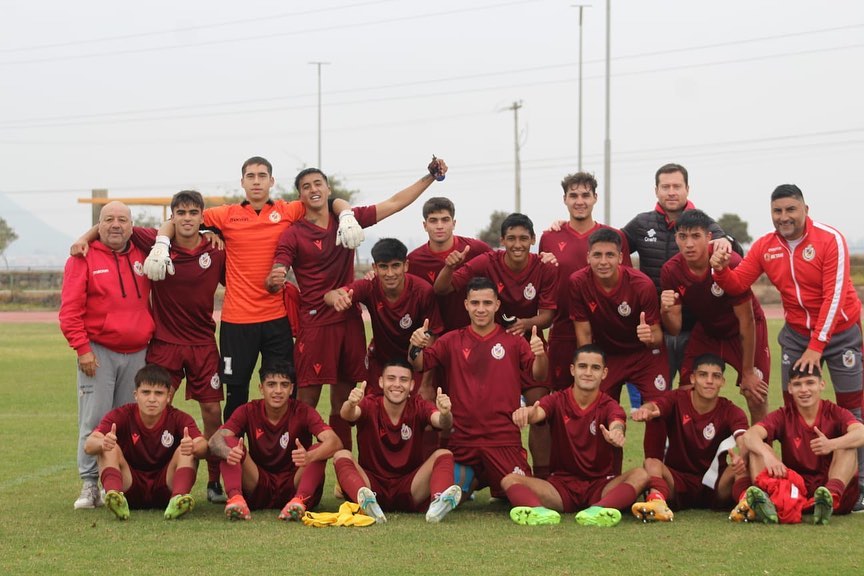
In 1959, La Serena competed in the final of the Copa Chile but was defeated by Santiago Wanderers by a score of 5-1. In the same championship, a player named José Sulantay, who plays in the striker position, ended up winning the award for most goals scored. As a result of their poor performance in the official competition held at La Serena, they were eliminated and forced to play in the next season.
In the early 1960s, the squad competed in the Copa Chile final once more, but this time they were eliminated in the semifinals by Santiago Wanderers, who went on to win the event by a score of 4-1. In the formal competition for the Tournament of Ascent, La Serena came in second place, trailing the winner, Green Cross, by a score difference of 5 points. One of the four teams that made significant strides this year was La Serena, who ended in fourth place the year before. Deportes La Serena enjoyed another great season in 1962 with the original team, which finally resulted in the club finishing in fourth place, tied for fourth place with Colo-Colo.
The following season, the group put in a determined attempt to earn third place, and Argentine Miguel Mocciola served as their coach during that time. After that, Deportes La Serena began to establish themselves in the center of the standings, eventually finishing seventh in 1964, ninth in 1965, and then seventh once more in 1966 and 1967. Because Serena did not make it to the final rounds of the competition in 1968, she was forced to put up significant effort in order to keep her position in the division of honor, which she eventually achieved. In addition, they were unable to proceed to the championship’s further stages in the year 1969.
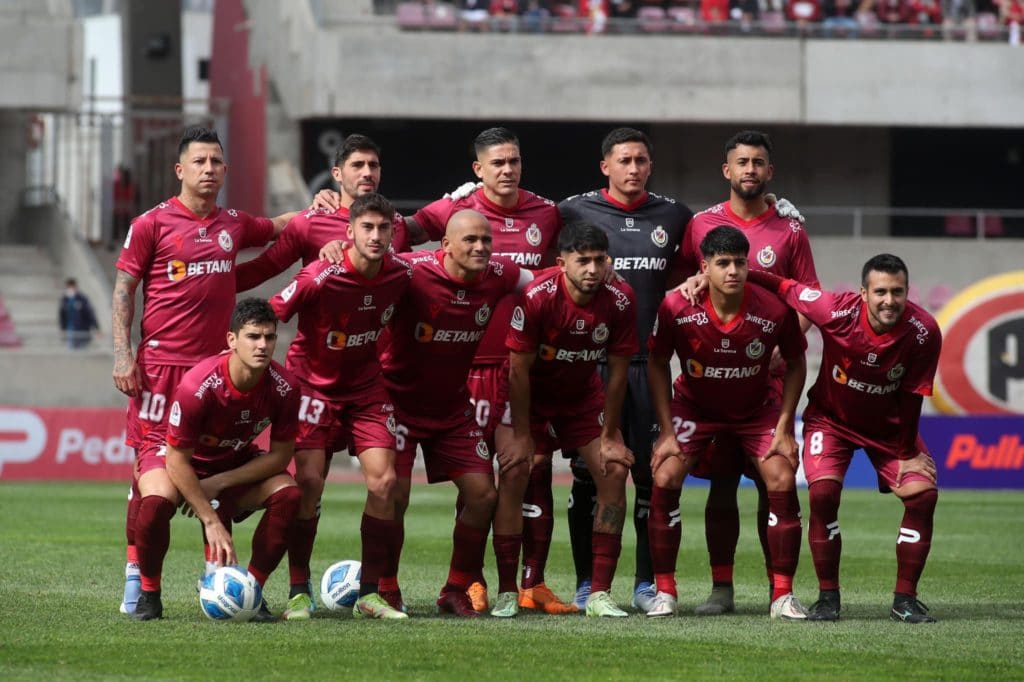
This club football was intended to be promoted through the establishment of a bar in 1993 that was given the name “Anarko Revolucion.” It finished second to Everton in Primera B, and as a result, it earned promotion to the First Division the following year, in 2003.
Only ranked in the Torneo Clausura 2005, where he advanced to the Colo-Colo semi-finals with draws in Round-trip matches of 1-1 and 3-3, he qualified for the play-offs (qualified in 2002), but lost to Universidad Católica. In 2002, he qualified for the play-offs as well (3-3 and 1-0). In 2009, La Serena earned a spot in this year’s play-offs, but in the international championship game, they lost to Colo-Colo by a score of 4-0. Pancho Fernandez, a player who was born in Canada, was 18 years old when he was discovered by Carlos Rivas, a former player for Colo-Colo.
Carlos Rivas was the one who organized to expose Pancho Fernandez and other Canadian soccer players to other Chilean teams. At that time, they expressed interest in acquiring Pancho Fernandez, who is currently a member of the second squad that plays for Deportes La Serena. During the 2017 preseason, Pancho Fernandez got the opportunity to play in two games, one of which he started, and the other of which he came off the bench in. Pancho Fernandez holds the distinction of being the only player in the history of Deportes La Serena to have been born in Canada and not be of Chilean descent while yet playing for the team.
Deportes La Serena Stadium
The stadium known as Estadio La Portada, in which Deportes La Serena competes in its home games, is owned by the Municipality of La Serena. The name stems from the fact that a structure known as La Portada de La Serena served as the city’s primary entry from the years 1770 to 1903, and that this structure once stood at the crossroads where the stadium is now located. At the crossroads of Avenida Amuntegui Balmaceda and Avenida Avenida Amuntegui, it is located not far from the heart of the city.
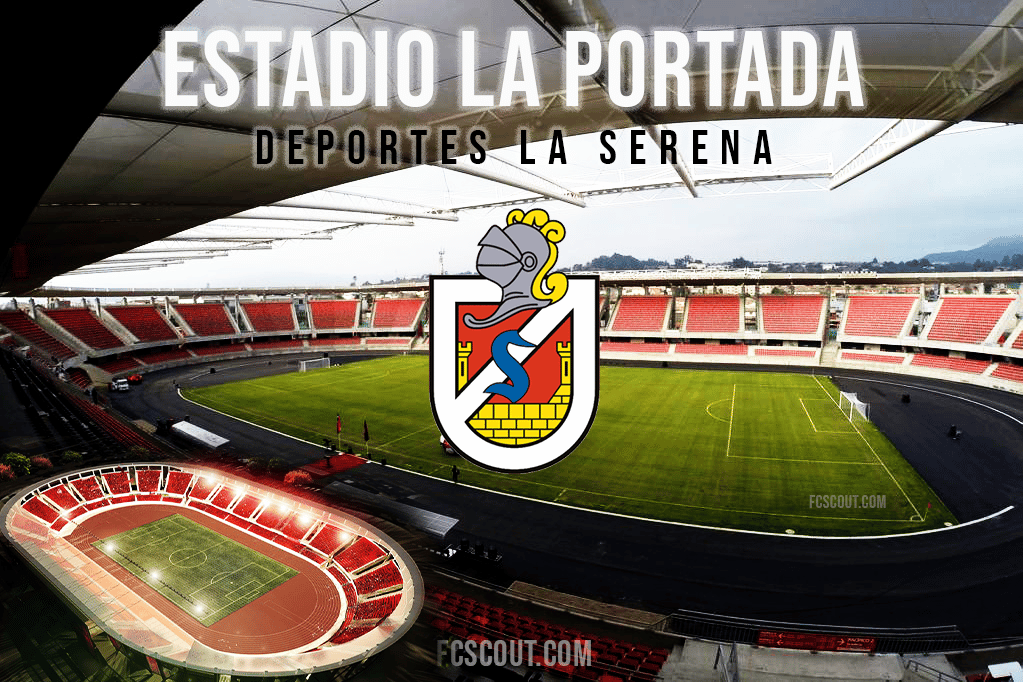
The stadium was originally a dirt field when it was first created on August 26, 1952, and it remained that way until November 1955, when professional Deportes La Serena began playing there. The stadium was named after the team that played there at the time. At this time, there are 17,194 seats available for purchase.

